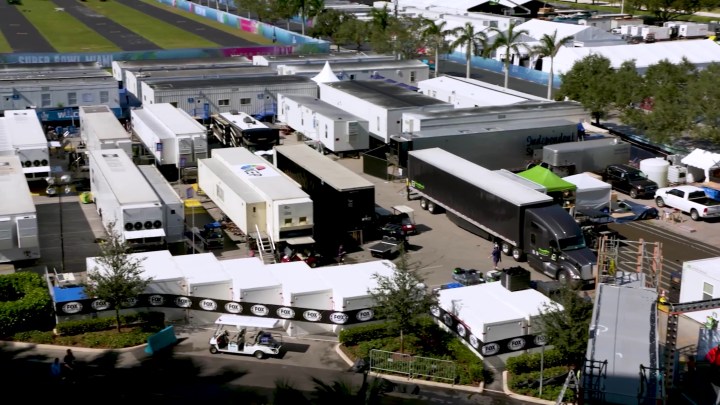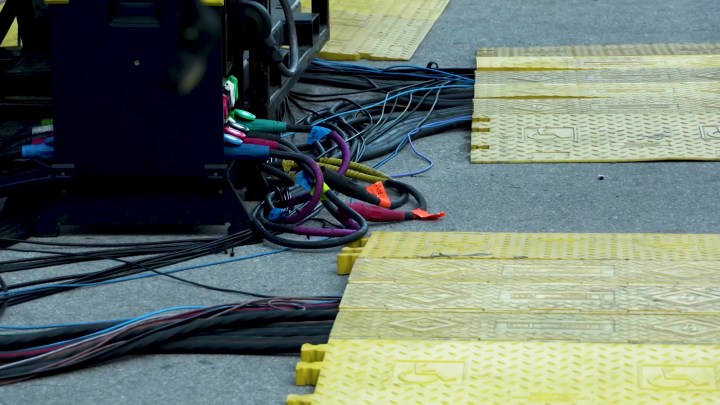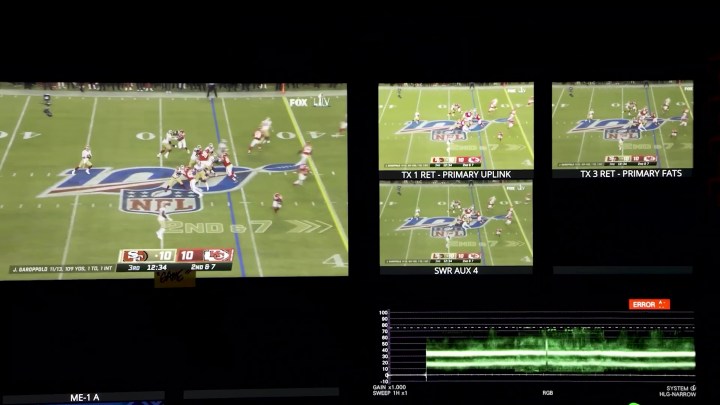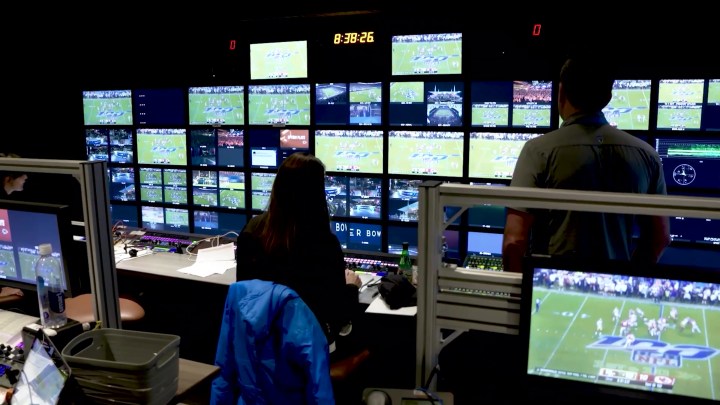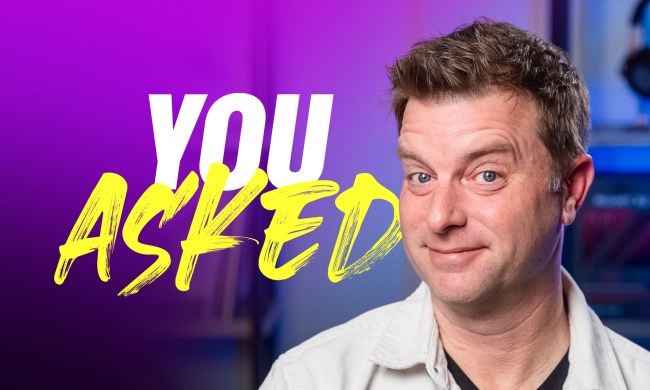I don’t know if we can pinpoint a moment at which 4K content became normalized — it sort of snuck up on us — but today 4K and 4K HDR content is not hard to come by. Netflix, Amazon, Disney +, HBO Max – they all have it, and plenty of it. So we’re starting to get used to it. We’re hungry for 4K and we expect it on our plate. This has a lot of folks wondering: Why is it so hard to get sports in 4K?
Three years ago, I was fortunate enough to fly down to Florida to go behind the scenes with Fox Sports as it delivered the first-ever 4K HDR Super Bowl broadcast. Not only did I get to watch the Fox team do its live daytime broadcasts from South Beach, but I also got to go to roam around Hard Rock Stadium, where I had totally unfettered access to the stadium and all the cameras in it – as well as a massive broadcast compound. I got to go in every production truck, I saw every step of the production, from the cameras to the outbound feeds, and I got every question I asked answered by some of the top video production pros in the business. I learned so much while I was there.
Among the things I learned was why so few sports broadcasts are in 4K – and even fewer are in HDR – and why they aren’t true
4K bottlenecks
We can sum up one of the most challenging issues with getting
More pixels, more problems.
First, off: cameras. Live sports broadcasts require a ton of cameras. At Super Bowl LIV, there were about 100 of them. Some of them were
Still, the expense is only part of the challenge. Fox Sports is rich right? They can afford it, surely. OK, so let’s proceed under the presumption that the broadcaster could afford the cameras.
We’ve now got some 80
Many billions of dollars would need to be invested in upgraded equipment to make a native
Clearly, money is becoming a common thread already, but we’re just getting started.
Once we rout those many miles of several hundred cables down to the broadcast trucks, we’ve got to plug them into something. For the sake of keeping things simple, we’ll call them consoles. These video consoles have a limited number of inputs. Let’s say the consoles have about 120 inputs. Now, if we’re running 1080p cameras, each of those cameras only needs one input to plug in. But for each
The broadcaster then has to process a
Then, assuming all of that could be done, the broadcaster still has to deliver the feed to all of its distribution partners, and not all of them can handle
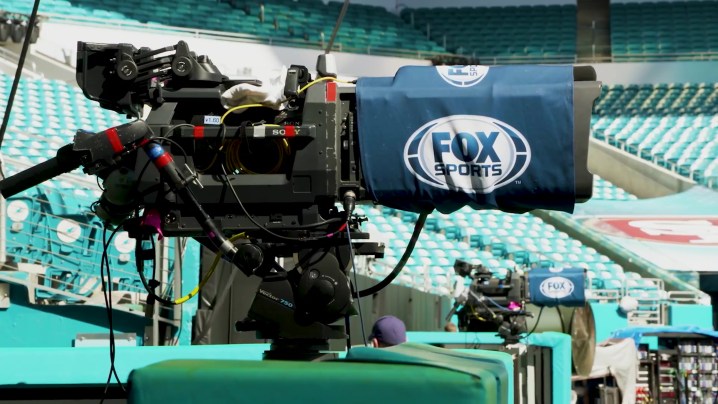
I think you see where I’m going with this. It is a monumental undertaking. To do it right, many billions of dollars would need to be invested in upgraded equipment to make a native
No. You’re not going to not watch their sports broadcasts because they aren’t in
But also, broadcasters don’t use their own production trucks. They rent them. So, take the onus for investing billions and put it on a third party with no guarantee they’d recoup their costs. Doesn’t sound likely, does it?
Is native 4k even the answer?
Clearly, there’s no financial incentive for broadcasters to make
If you were to see uncompressed 1080p
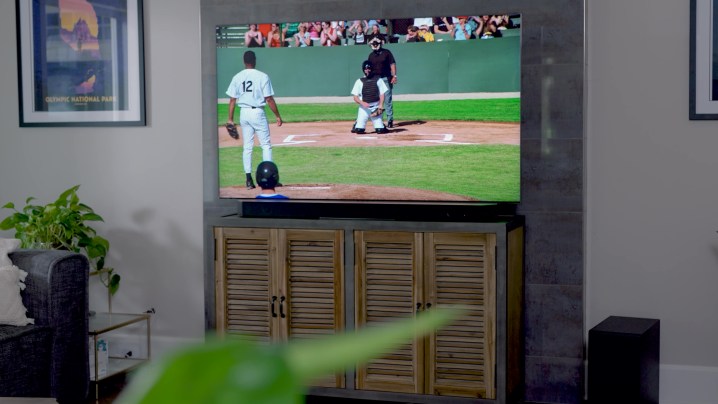
But delivering uncompressed 1080P video is no walk in the park, either. Getting high-bandwidth signals broadly deployed in homes all across the nation — or the world — is extremely challenging when bandwidth availability fluctuates so wildly from region to region. And not only that, but delivering an upconverted 1080p to
For your average Sunday Night Football game? Your locally produced NBA game or MLB game? Sorry, no. Not anytime soon. Not at scale, anyway. I think we’ll see more and more as time goes on, but it’s not like someone is going to trip the floodgate and we’re going to get this tidal wave of
And let’s just hope the internet doesn’t break under the stress. Because already, we’ve seen that it can be really tough for streaming services to reliably deliver live sports.
As I said,
Final thoughts
For now,
Eventually, we’ll get to a place where bandwidth, production equipment, and workflow align to allow more
